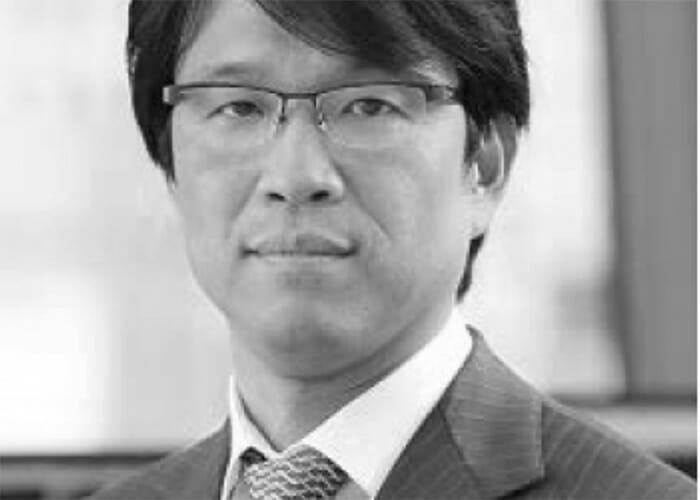The world’s largest investor, Japan’s $1.4 trillion Government Pension Investment Fund (GPIF) has revealed the details of its new performance-based fee structure, first reported by Top1000funds.com in May (“GPIF insists on paying only for alpha”).
The new structure signals a radical shift in how fees are paid in asset management and the power of large asset owners to be a catalyst for change.
It’s a considered approach by GPIF, and its examination of its own behaviour and skills in the manager selection process is admirable. It was willing to compromise and come to a solution that was not only a benefit for the fund but also had an element of fairness for managers, too.
About 20 per cent of the fund ($28 billion) is actively managed, but in the three years from 2014 to 2016, only a small number of active managers achieved the target excess return their mandates dictated.
This, alongside some self-reflection from GPIF on its manager selection capabilities, prompted the fund to revise its fees with the aim of better aligning them with performance.
The result is that, for active management, the base fee will now be lowered to the rate of a passive fund, and the maximum fee rate will be scrapped.
GPIF has also introduced a “carry over”, which partially accumulates payment of annual performance-based fees to link them with mid- to long-term investment results.
In a quid pro quo, the fund has also introduced multi-year contracts for managers.
While performance fees are common in high-octane mandates, such as hedge funds or private equity, they are less common for vanilla active equities mandates.
GPIF’s costs in fees are not astronomical. For fiscal 2016, the fund’s total fees were ¥40 billion ($370 million). This represents an average rate on the investments of about 0.03 per cent. That is a modest fee; compare it with the much smaller $350 billion California Public Employees’ Retirement System, the largest fund in the US, which had investment expenses of $873 million in 2017.
GPIF’s motivation
But that doesn’t seem to be the point. GPIF was looking for a way to align managers with their purpose and, ultimately, have managers do what they say they will do. For active managers, at a minimum, that means beating the benchmark.
GPIF is mostly a passive investor. Mainly due to its size, and the fact it owns the market, its investment strategy has been one of better beta, acting to improve the market as a whole, through its ESG strategy focused on governance. But within its active managers, better alignment is a priority.
The fund recognises its own part to play in this, stating “GPIF itself has room to improve its selection abilities, and is working hard to increase sophistication in this area”; however, it also states that the target excess return rates managers set are inappropriate, and that managers may be more focused on increasing assets under management than pursuing excess returns.
Before the new fee structure was in place, managers were paid considerable sums regardless of their performance and so had little incentive to set target excess return rates appropriately or to be innovative in seeking excess returns.
The new fee structure seeks to change that.
The effect on the sector of GPIF’s actions is not lost on the fund. While it states that the new performance-based fee structure came about as a consequence of factors specific to the fund – given the amount of assets it controls – it appreciates the new structure will have a big impact on the asset-management sector as a whole.
“For its part, GPIF is confident that if the introduction of this structure can serve as an opportunity for increasing the sophistication of the asset management sector, particularly of active managers, it will substantially benefit both GPIF and its beneficiaries.”
For the 2016 fiscal year, the fund’s investment return was 5.86 per cent, due in large part to domestic and foreign equities, which returned 14.89 per cent and 14.20 per cent, respectively. Its compound benchmark return was 6.22 per cent, representing underperformance of -0.37 per cent. Over the 11 years to fiscal 2016, it added 0.04 per cent.
The performance attribution is due in large part to the asset allocation mix, and over the last few years, GPIF has been actively diversifying away from a conservative allocation biased towards domestic bonds. (See “From bonds to equities for GPIF”).
The fund’s asset allocation as at December 2017 was domestic bonds (27.6 per cent), domestic equities (26.05 per cent), foreign bonds (14.13 per cent), foreign equities (25.08 per cent) and short-term assets (7.06 per cent).



